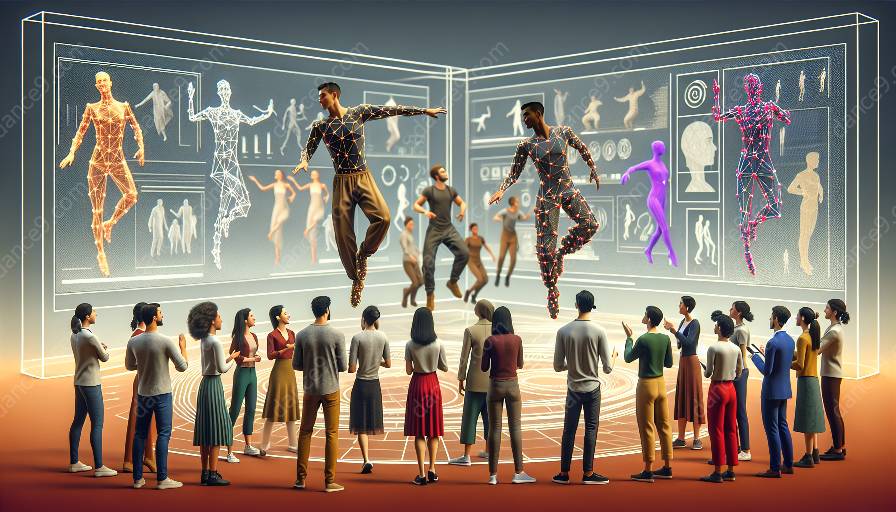Motion capture technology has revolutionized the field of dance research by enabling interdisciplinary collaborations that enhance our understanding of human movement and expression. This article examines the impact of motion capture technology on dance and how it supports interdisciplinary collaborations, as well as its potential to bridge the gap between art and technology.
Understanding Motion Capture Technology
Motion capture technology, also known as mocap, is a process of recording the movement of people or objects and translating that movement into digital data. In the context of dance, motion capture technology uses advanced cameras and sensors to capture the movements of dancers, allowing for precise analysis and visualization of their performances.
Enhancing Dance Research
Motion capture technology supports dance research by providing a detailed and accurate representation of movement, which can be analyzed and studied to better understand the nuances of dance performance. Researchers can use this technology to analyze the kinetic and kinematic aspects of dance, including the dynamics of movement, body alignment, and the interaction between dancers.
Furthermore, motion capture technology allows for the creation of 3D visualizations and simulations, offering new opportunities for researchers to explore and document dance movements in a virtual space. This not only preserves dance performances for future generations but also facilitates in-depth analysis and interpretation of choreographic works.
Interdisciplinary Collaborations
One of the most significant impacts of motion capture technology in dance research is its ability to foster interdisciplinary collaborations. By integrating technology with dance, researchers from diverse fields such as computer science, biomechanics, and performing arts can collaborate to explore the complexities of human movement.
For example, computer scientists can contribute their expertise in data processing and visualization to analyze the intricate patterns of movement captured through technology, while biomechanics experts can offer valuable insights into the physiological aspects of dance performance. This collaborative approach enriches dance research by bringing together a diverse range of perspectives and expertise.
Bridge between Art and Technology
The integration of motion capture technology in dance research also serves as a bridge between art and technology, demonstrating the potential of technology to enhance and complement artistic expressions. Dancers and choreographers can utilize motion capture data to refine their performances, experiment with new movement patterns, and explore innovative choreographic possibilities.
Furthermore, the use of motion capture technology can inspire new forms of artistic expression, blurring the boundaries between traditional dance and technological innovation. This fusion of art and technology creates an exciting space for exploration and creativity, pushing the boundaries of what is possible in the realm of dance.
Future Possibilities
Looking ahead, the potential of motion capture technology in dance research is vast. As technology continues to advance, we can expect to see further developments in motion capture systems, enabling more precise and comprehensive data capture. Additionally, the integration of artificial intelligence and machine learning with motion capture technology holds promise for revolutionizing the analysis and interpretation of dance movements.
Moreover, the interdisciplinary collaborations facilitated by motion capture technology are likely to expand, opening up new avenues for research and innovation at the intersection of dance and technology. This collaborative approach has the potential to revolutionize our understanding of dance and human movement, enriching both artistic and scientific pursuits.

































